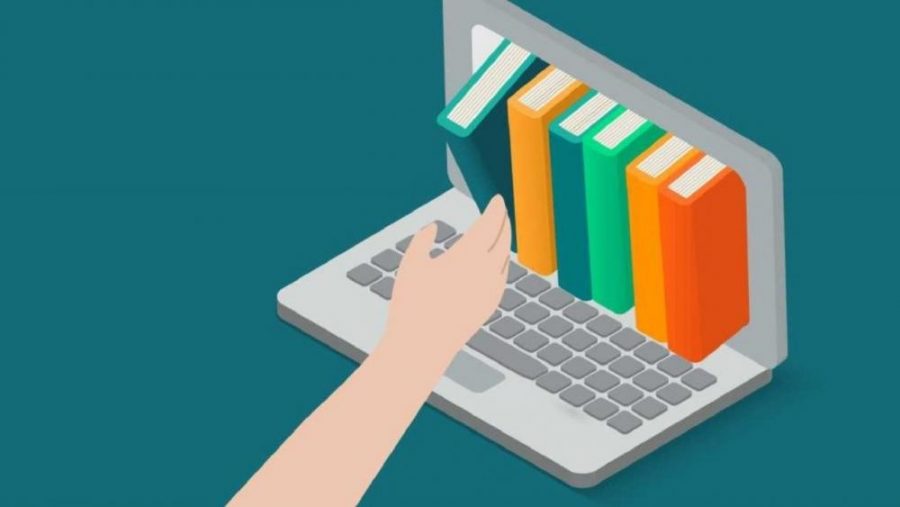Distance Learning is the New Normal
September 2, 2020
On August 18th, South El Monte High School started Week 0 of the 2020-21 school year. Students and teachers alike had the task of familiarizing themselves with software such as Nearpod, Google Classroom, Google Meet, Kami, and more. Earlier in the year the district decided students would only have six periods but would divide the fall semester into two quarters. In essence, students will be starting off the school year with three classes (1st, 3rd, and 5th) and they’ll finish their other three classes (2nd, 4th, 6th) when the 2nd half of the fall semester is over. Additionally, the school start time was pushed back to 9:00 am and allowed students to fix their deranged sleep schedule. “I feel that I’m more energized now throughout the day. I’m able to wake up, hydrate, and go workout before class which is super helpful as it keeps me more alert throughout the day,” Bestabe Alfaro 21’ stated.
Week 0 consisted of ice breaker games, some technical difficulties, and getting adjusted to a new routine. Starting August 24th teachers started assigning content related classwork and homework. As mentioned previously a popular website being used is Kami, where students can annotate work assigned. It’s quite similar to Google Docs but is mainly focused on annotations. “I used it a lot last year in chemistry and this year I have used it in ASB to edit papers when we have a meeting,” Jayleen De La Cruz 22’ commented to Eagles Nest. It seems like Kami is here to stay, yet the new routine of sitting in front of a screen for 240 minutes minimum is still going to need some necessary adjustments.
Distance Learning is new to most of the population, and due to its transformative nature a plethora of opinions and perspectives have to be considered and evaluated. Students no longer have to worry about commuting to school, and the effects of this were most prominent in March/April when the skies in Los Angeles cleared up. A student could be getting bullied at school, so migrating to working at home could create a less stressful environment. Another potential benefit is the flexibility of having your classroom in your hand, since most activities and sports are canceled no other commitments can hold students back from doing their work. Depending on the individual staying home can help improve their mental health, because they have more time for self-reflection. “In school, I feel controlled, and I hate that feeling it makes me feel stuck and on hold, and when I have a question I get so nervous. But online I can move freely and not be controlled while still learning and I can ask questions so much more easily when I’m stuck on something…,” Melody Gutierrez 21′ stated.
On the opposite side of the spectrum, staying at home for so long does have its negatives. Virtually everyone in the world lost their social life, now being confined to the walls of their house. It’s especially cumbersome if you have siblings that don’t know privacy and respect of boundaries. The ability to receive immediate feedback on an essay, or needing a quote from a student for the yearbook can become daunting tasks. The format and composition of the yearbook will be transformed. The interaction you get in a classroom compared to a Google Meet call isn’t as engaging as a class. These new realities can lead to students getting bored, dozing off, and not understanding the subject being taught. Elucidating the previous point, some kids don’t have the best home life and school was an escape for them. Lastly, talking in a meeting can be quite intimidating since everyone’s eyes are on you while talking, and can cause high stress. “I personally think that distance learning makes things harder for students as learning in person is a lot easier to understand,” Delsy Argueta 21’ shared.
Distance learning has its advantages and disadvantages, but during this difficult time in history, it’s necessary. While in your Google Meets remember that you’re helping flatten the curve and soon enough students can return to their normal classrooms.

